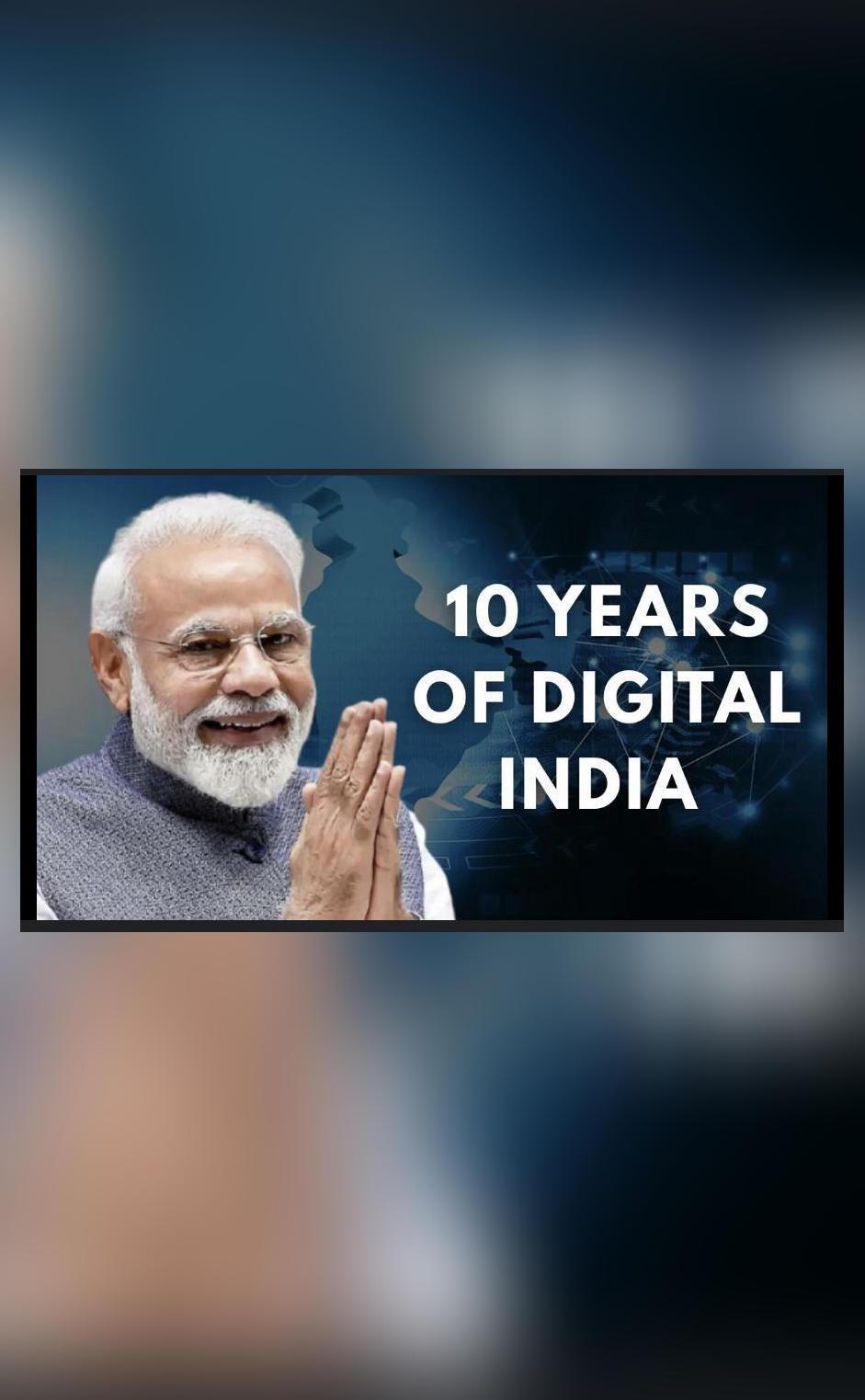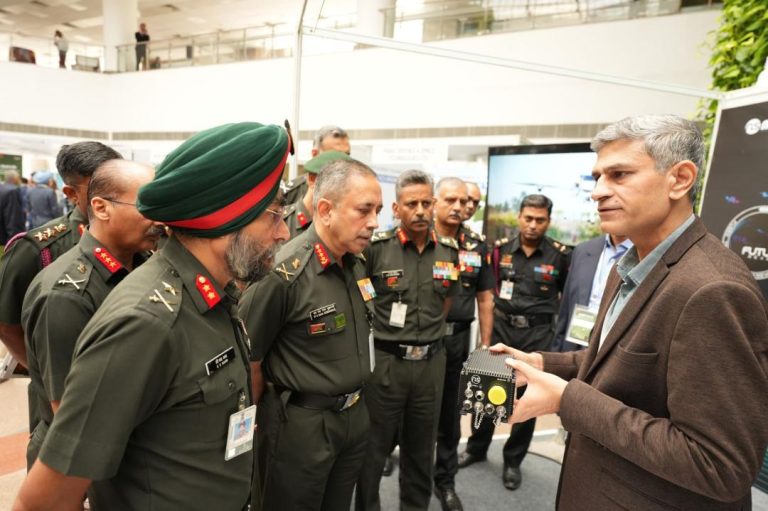
10 Years of Digital India: Milestones in Tech, Health & Education
As Prime Minister Narendra Modi marked the 10th anniversary of the ‘Digital India’ initiative, he celebrated the significant role it has played in transforming India into a digitally empowered society. The anniversary was marked with a special event, where the PM highlighted the progress made in various sectors, including education, healthcare, Micro, Small and Medium Enterprises (MSMEs), and Artificial Intelligence (AI). The event also showcased the country’s achievements in leveraging technology to drive growth and development.
Progress in Education
One of the significant areas where Digital India has made a significant impact is in the education sector. The initiative has enabled the government to take various steps to make education more accessible and inclusive. For instance, the National Digital Literacy Mission has been instrumental in imparting digital literacy skills to over 10 crore citizens. Additionally, the Pradhan Mantri Kaushal Vikas Yojana has helped in providing vocational training to over 60 lakh youth. The government has also launched initiatives like the National Education Network (NEN) and the National Mission on Education through Information and Communication Technology (NMEICT) to promote digital education.
Healthcare
Digital India has also made a significant impact in the healthcare sector. The government has launched initiatives like the Ayushman Bharat Digital Mission, which aims to create a national digital health ecosystem. The mission includes the development of a unique health ID for every citizen, which will enable seamless access to healthcare services. Additionally, the government has launched initiatives like the National Health Mission (NHM) and the Rashtriya Kisan Vikas Yojana (RKVY) to improve healthcare services in rural areas.
MSMEs
Digital India has also been instrumental in empowering Micro, Small and Medium Enterprises (MSMEs). The government has launched initiatives like the GeM (Government e-Marketplace) platform, which has enabled local sellers to access a wider market. The platform has also helped in reducing costs and increasing transparency in government procurement. Additionally, the government has launched initiatives like the Startup India and the Atal Innovation Mission to promote entrepreneurship and innovation.
AI and Other Technologies
Digital India has also been driving innovation in areas like Artificial Intelligence (AI). The government has launched initiatives like the National AI Mission, which aims to develop AI-based solutions for various sectors. The mission includes the development of AI-based education platforms, AI-based healthcare solutions, and AI-based financial services. Additionally, the government has launched initiatives like the India Stack, which aims to create a robust digital infrastructure for the country.
ONDC and GeM
Two platforms that have been instrumental in boosting local sellers are the Open Network for Digital Commerce (ONDC) and the GeM. ONDC is a digital platform that enables sellers to connect with buyers seamlessly. The platform is designed to reduce the complexity of e-commerce and provide a level playing field for all sellers. GeM, on the other hand, is a government e-marketplace that enables local sellers to access a wider market. The platform has helped in reducing costs and increasing transparency in government procurement.
Startup Ecosystem
Digital India has also been instrumental in driving the startup ecosystem in the country. The government has launched initiatives like the Startup India and the Atal Innovation Mission to promote entrepreneurship and innovation. The government has also launched initiatives like the India Aspiration Fund and the India Design Fellowship to support startups. The ecosystem has also seen significant investments from venture capital firms and angel investors.
Affordable GPU Access and AI Mission
To further drive innovation in the country, the government has launched initiatives like the affordable GPU access and the $1.2 billion AI mission. The affordable GPU access initiative aims to provide affordable access to Graphics Processing Units (GPUs) for startups and small businesses. The GPUs will be used to develop AI-based solutions for various sectors. The AI mission, on the other hand, aims to develop AI-based solutions for various sectors like education, healthcare, and financial services.
Humanity-First Approach to Technology
The government’s approach to technology is centered around the concept of a “humanity-first” approach. This approach emphasizes the use of technology to improve the lives of citizens and drive sustainable development. The government believes that technology has the potential to address some of the country’s most pressing challenges, including poverty, inequality, and climate change.
Conclusion
In conclusion, the 10th anniversary of Digital India marked a significant milestone in the country’s journey towards digital transformation. The initiative has made significant progress in various sectors, including education, healthcare, MSMEs, and AI. The government’s emphasis on a “humanity-first” approach to technology has ensured that technology is used to improve the lives of citizens and drive sustainable development. As the country looks to the future, it is clear that Digital India will continue to play a vital role in shaping the country’s digital landscape.
Source:






